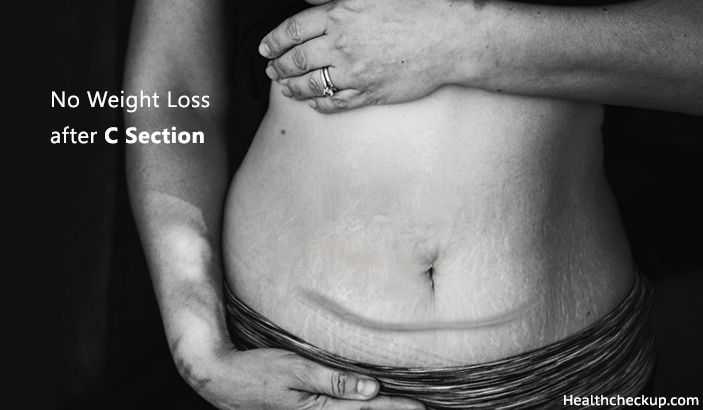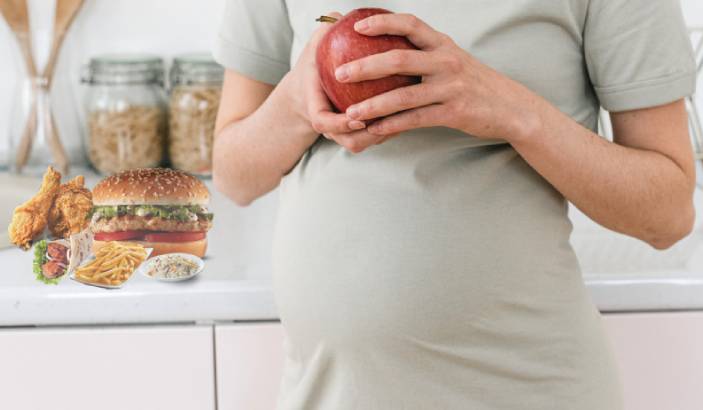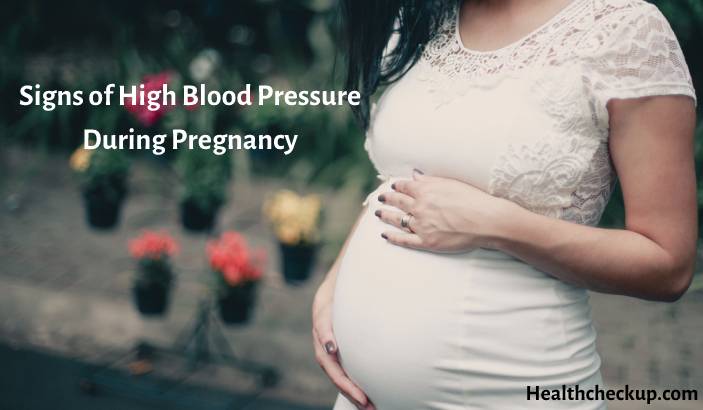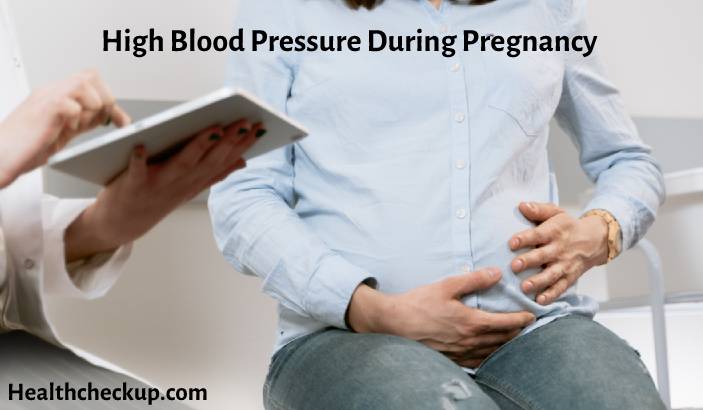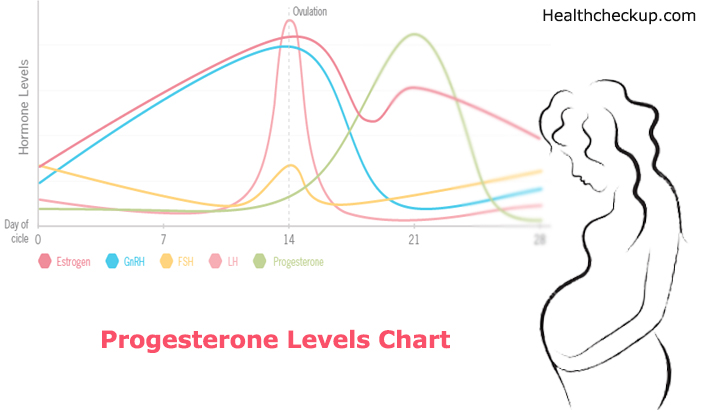Caesarean section or a C-section is an operative procedure carried out to deliver a fetus at the end of 28 weeks. When C-section is performed for delivery of a second child, it is called a repeat Caesarean section.
A Caesarean section delivery is done where normal labour is contraindicated or vaginal delivery is found unsafe for the mother or fetus. Conditions, where C-section delivery is done, are:
- Placenta Previa – This occurs when the placenta attaches to the uterus but closer to the cervix making it easier for it to break or detach and cause bleeding.
- Contracted pelvis
- Previous Caesarean section delivery
- Fetal distress
- Mal-Presentation Of Fetus – That is an abnormal position of the baby in the uterus because of which normal delivery is not possible
- Failure to progress normal labour
- Pelvic mass or causing obstruction and vaginal obstruction
- Cancer of cervix
- Medical disorders like hypertension, diabetes mellitus or other structural heart conditions.
Reasons For Not Losing Weight After C-section
C-section has greatly brought down maternal and fetal death rates. It has enabled doctors to carry out this life-saving procedure to avoid risking the life of the mother and her unborn child. On the other hand, it has also been found that C-section delivery is being over-used. Nearly 43% of total deliveries have been carried out annually by C-section.
An equal rise in obesity-related to C-section deliveries as compared to normal vaginal deliveries has also been noted. Weight gain after delivery not only lowers self-esteem but also makes you physically unfit to take care of your toddler.
To bust a myth, this gain in weight is not due to C-section deliveries but partly because women follow a sedentary lifestyle after delivery and partly due to development of illnesses like diabetes, thyroid and polycystic ovaries after delivery.
Reasons For Not Losing Weight After C-Section Delivery Are
-
Excess Weight Gain During Pregnancy
- The average weight gain during the course of pregnancy for a woman with a BMI of 20-26 should be about11-16 kilograms.
- An obese woman should not gain weight more than 7 kilograms; whereas a woman with a BMI of less than 9 should gain weight of at least 18 kilograms throughout her pregnancy.
- Excess weight gain during pregnancy not only makes it difficult to shed weight after delivery but is also linked with higher chances of having diabetes, thyroid disorders, and hypertension during and after delivery.
- Having excess weight during pregnancy is also known to affect the health status of your child.
-
Inadequate Sleep
- A woman who has been breastfeeding, following a balanced diet and exercises, is less likely to lose weight if she is sleeping for less than 5 hours at night.
- Inadequate sleep not only maintains the weight but may also cause an increase in weight.
-
Stress
- Stress can cause a woman to eat excessively.
- Stress hormones can additionally cause an increase in weight.
-
Continued Rest
- It is a myth that a woman cannot start walking and resume daily activities. Light exercises increase the strength and tone of muscles.
- A woman who has undergone a C-section delivery can begin light exercises 6-8 weeks after delivery.
- Abdominal exercises for losing tummy fat can be started by 3 months after delivery.
-
Sedentary Lifestyle
- Leading a sedentary lifestyle after a C-section delivery is a major contributing factor for obesity.
- Eating unhealthy food and foods rich in fats makes the process of losing futile.
-
Depression
- Post-partum depression affects about 15% of women after delivery. It begins in about a month after delivery.
- It can occur due to sleep deprivation, hormonal changes, physical and emotional changes.
- Post-partum depression can lead to weight loss or weight gain depending upon the female’s reaction to her environment and how she deals with it.
-
Wrong Type of Exercises
- It is necessary to consult a fitness expert to choose the correct type and format of exercises to lose weight after pregnancy.
- Faulty exercise techniques do not help in losing weight. They may create additional discomfort is not done under expert guidance.
- Set realistic goals for exercise to lose weight and follow them diligently. Setting unrealistic goals causes disappointments and makes you procrastinate.
How To Lose Weight After C-section?
Every woman desires a sleek body frame after delivering a baby. A C-section delivery is a major surgery and needs several weeks to heal. Losing weight after delivery boosts confidence immensely. The aim of losing weight, therefore, is not to appear thin but an initiative to be physically and mentally fit.
Some Measures Which Will Help You To Lose Weight After A C-Section Delivery Are
1. Breastfeed
- Breastfeeding can help you lose 300-500 calories per day.
- Breastfeeding not only provides the necessary nutrients to your baby, but it is proven to be equally effective in losing weight after delivery.
2. Post-pregnancy belt
- An abdominal belt is generally advised by doctors after C-section deliveries to protect the stitches after surgery.
- This belt also prevents the deposition of extra fat on the tummy.
- You need to use this belt as advised by your treating doctor. It has to be removed before eating, going to the washroom and during sleep.
3. Adequate Water
- Plenty of water will help you stay hydrated throughout your post-partum phase.
- Water also helps in flushing out of toxins from the body.
- It is important to maintain a decent daily intake of water to maintain weight.
4. Monitor Your Diet
- You need to keep a check on total calorie intake while planning meals. This is an essential key to weight loss not just after a c-section delivery, but also otherwise.
- There are plenty of food options which not only satisfy your palate and yet help you lose and maintain n an ideal weight.
- Include foods in the diet which have high nutrients and low-fat content.
5. Massage
- This is the first and foremost thing women resort to after a c-section delivery.
- Massages help you at times when you are unable to start moving around and exercising.
- Massages also help in maintain circulation and restore strength in muscles and bones. Good amount of circulation helps in bursting lipids.
6. Mobility
- Since it is not possible to start vigorous exercises for weight loss, brisk walking provides the necessary cardio and mobility after a C-section delivery.
- Yoga can be combined with an appropriate balance diet not just for weight loss but also for strengthening muscles.
- Yoga needs to be practised only under the guidance of a qualified yoga practitioner because these exercises need to be carried out keeping the discomfort of stitches in mind.
- Exercises can be increased gradually as the body regains its strength. Pelvic floor exercises and aqua aerobics have been proved to increase strength and also manage weight.
It is important for women to realize that losing weight after C-section delivery is not a quick process and you need to give your body ample amount of time to get back to the non-pregnant state.
Some women may take up to 10 months to lose weight while others might take longer. Losing weight after c-section delivery largely depends on each woman’s body type and metabolism.
Dr. Himanshi is a Homoeopathic consultant and currently working as a lecturer in Post-graduate faculty of Homeopathy, Parul University, Vadodara. Completed BHMS and MD in Homeopathy in January 2018 and also has a clinical experience of about 6 years. Personal interests include reading, spending time with family and traveling.


